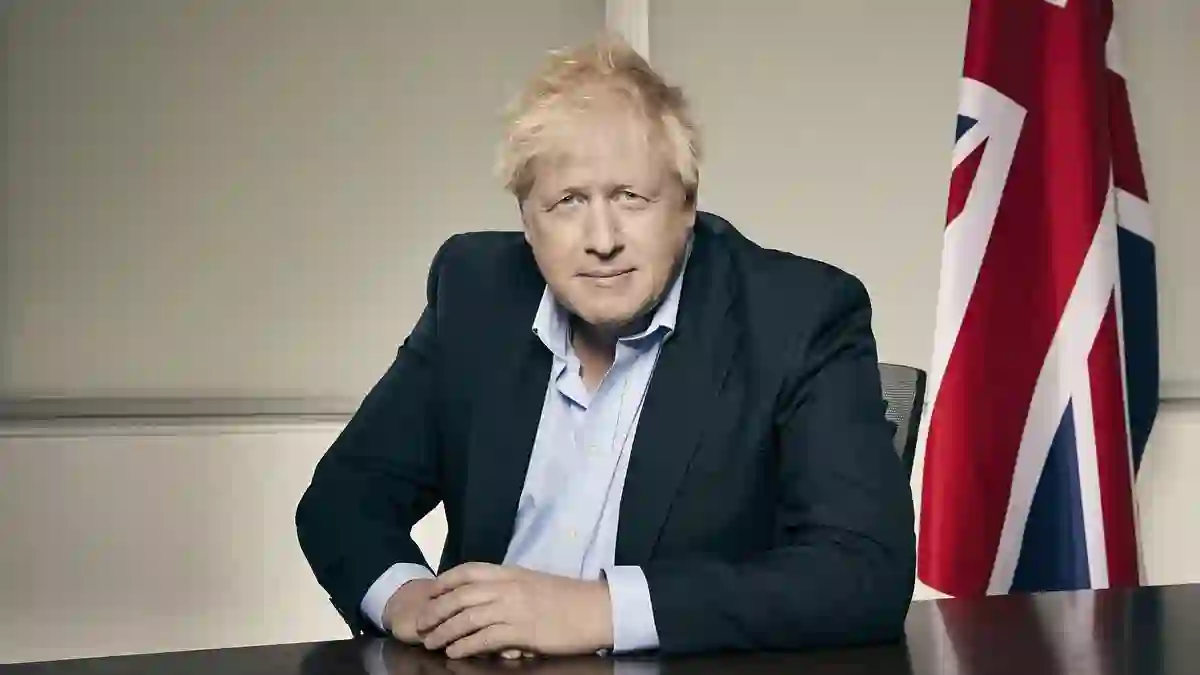Yesterday morning, my Ukrainian friends were positively buzzing with excitement.
After a series of high-profile meetings between Donald Trump, Volodymyr Zelenskyy, and European leaders in Washington, they said this was the most optimistic they had felt in years.
The discussions weren’t just promising—they were historic.
The reason for their optimism? Security guarantees.
Trump’s proposal could offer Ukraine a formal, all-for-one-and-one-for-all commitment: if Ukraine is attacked, all signatories of the treaty would come to its defence. And of course, Ukraine would reciprocate.
The Importance of Security Guarantees
The significance of such guarantees cannot be overstated. For decades, Ukraine has been caught in a grey zone.
Its 1991 constitution declares it independent and sovereign, but the West has often sent mixed signals.
Have we truly backed that independence, or treated Ukraine as a Kremlin satellite?
Despite repeated promises of NATO membership, Ukraine never received the protection afforded to countries like the Baltic states.
It wasn’t a lack of foresight in the U.S.—leaders like George W. Bush recognized the threat—but European dependency on Russian gas and political pressure repeatedly blocked Ukraine’s path to NATO.
Putin saw that hesitation as weakness, which led to the annexation of Crimea in 2014 and the renewed invasion in 2022.
Trump’s Proposal and Western Commitment
Trump’s proposal could finally provide a solution akin to NATO’s Article 5, with European nations leading the effort and America coordinating logistics and intelligence.
Trump has also not ruled out U.S. troops on the ground if necessary.
This marks a growing Western commitment to Ukraine’s security, a notable achievement by Zelenskyy.
By moving Ukraine out of the grey zone and into the column of Western-facing democracies—similar to South Korea, Japan, and Israel—the country could pursue EU membership more confidently, attract investment, and strengthen democratic norms.
The Challenge of Putin’s Demands
Despite the optimism, the Ukrainian people know that guarantees alone won’t secure peace.
Putin’s terms remain extreme: he insists on controlling the entire Donbas region, territory his forces have failed to capture for over a decade.
Accepting such demands would endanger Kyiv and Kharkiv and would violate Ukrainian national sentiment built over years of sacrifice.
Even constitutional changes couldn’t overcome the outrage this would provoke among Ukrainians who have defended their land at immense cost.
The Ukrainian armed forces remain the true guarantors of their nation’s security.
Applying Pressure on Putin
For peace to be realistic, Putin must face real consequences.
That means continued military support for Ukraine, tightening sanctions, cracking down on Russia’s oil smuggling operations, and leveraging the $300 billion in frozen assets.
Without decisive action, Russia is likely to prolong the conflict.
Trump’s engagement, however, has broken a long-standing deadlock.
By offering credible security guarantees backed by the U.S., he has finally answered the key question about Ukraine’s destiny.
Only when Putin accepts that Ukraine is now firmly aligned with America and protected by its military might can long-term peace be achievable.
A Turning Point for Ukraine
The path ahead remains uncertain, but there is hope.
If the international community follows through with strong support and guarantees, Ukraine could emerge stronger, more secure, and fully integrated into the Western democratic world.
The coming months will test whether these discussions can translate into lasting peace or whether the struggle will continue.



